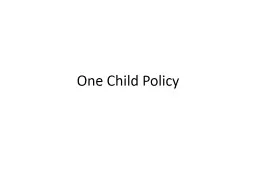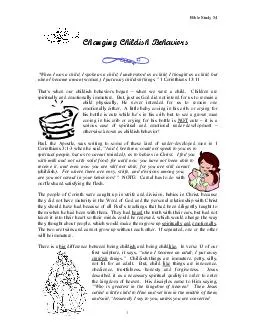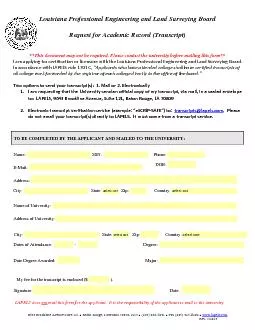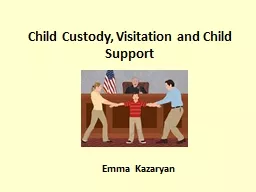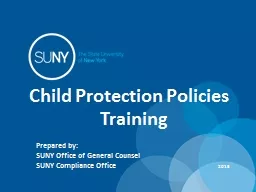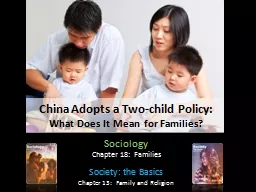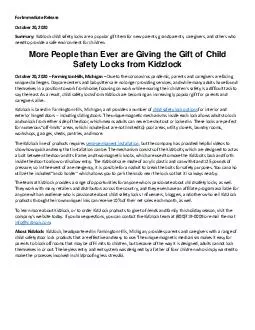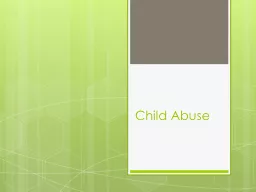PPT-One Child Policy
Author : min-jolicoeur | Published Date : 2016-03-05
During the 1940s because of the WWII and the Chinese Civil War the Chinese government encouraged people to have large families to gain military strength and for
Presentation Embed Code
Download Presentation
Download Presentation The PPT/PDF document "One Child Policy" is the property of its rightful owner. Permission is granted to download and print the materials on this website for personal, non-commercial use only, and to display it on your personal computer provided you do not modify the materials and that you retain all copyright notices contained in the materials. By downloading content from our website, you accept the terms of this agreement.
One Child Policy: Transcript
Download Rules Of Document
"One Child Policy"The content belongs to its owner. You may download and print it for personal use, without modification, and keep all copyright notices. By downloading, you agree to these terms.
Related Documents

